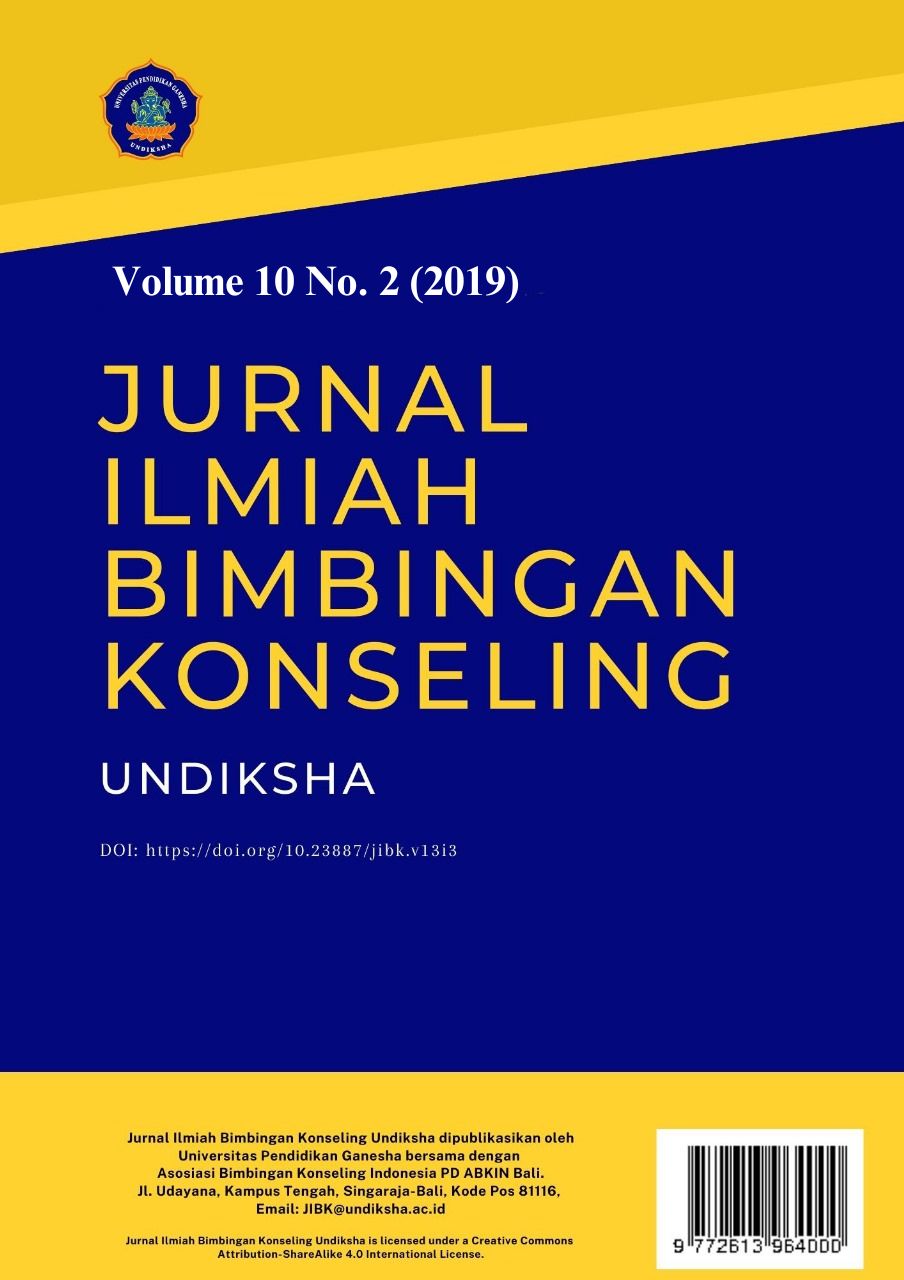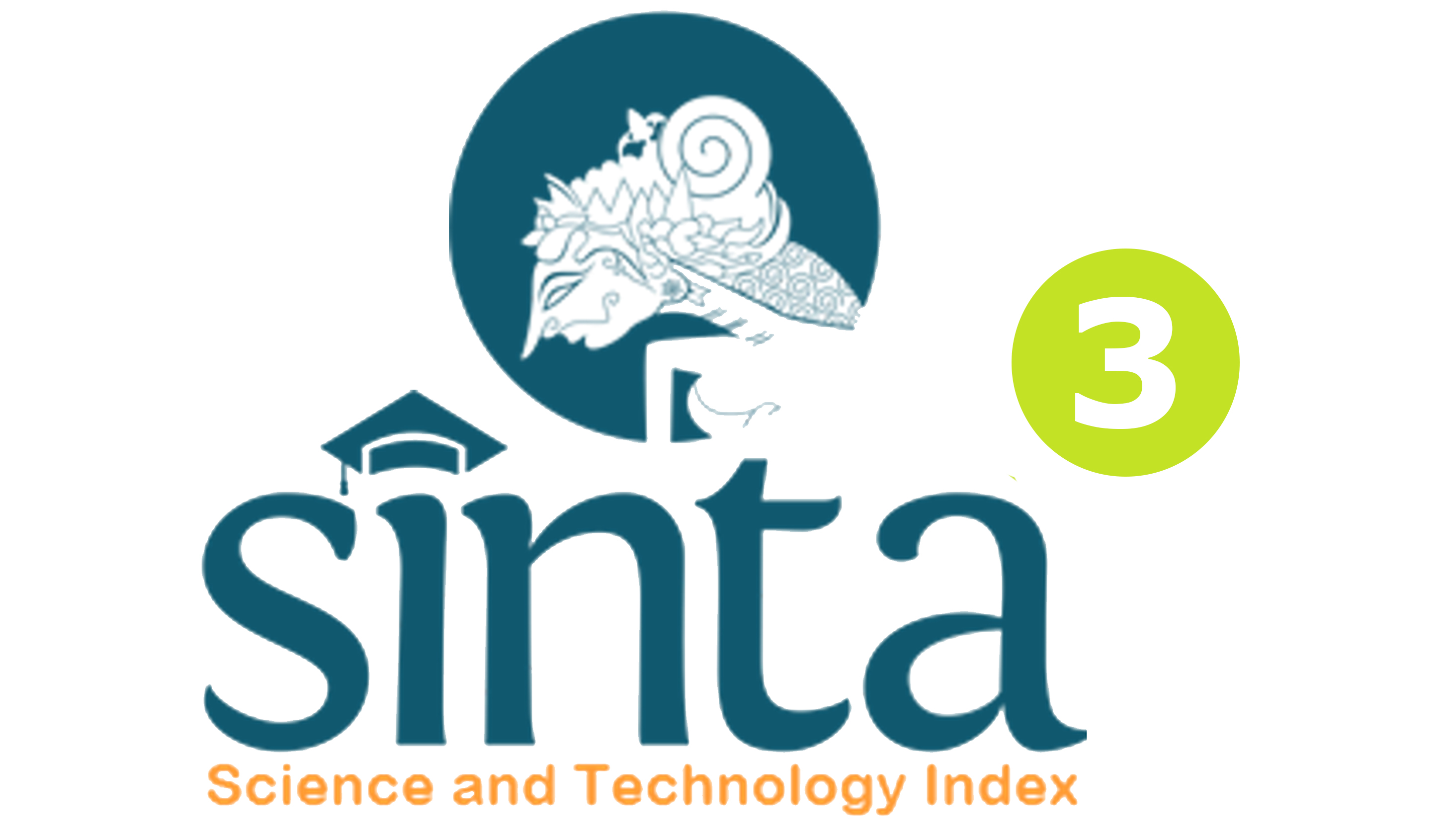Efektivitas Model Konseling Behavioral Pavlov dengan Teknik Classical Conditioning untuk Meningkatkan Self Achievement
DOI:
https://doi.org/10.23887/jibk.v10i2.23279Abstract
This study aims to know: Effectiveness of behavioral counseling i. f. Pavlov with classical conditioning techniques through lesson study to improve self achievement. This research includes "quasi experiment". The experimental design used was Pretest Postest Control Group Design. The population of this study was the eleventh grade students of the Singaraja Undiksha Lab High School, totaling 105 people. Self-achievement data collection in this study using the self achievement questionnaire. Based on the t-test, the results of Fhit are 1.43 with a significance level of 5% with df1 = 2-1 = 1, df2 = 23-1 = 22 with Ftable 4.30, then Fhit <Ftable or 1.43 <4 is obtained. , 30. The value of ES = 0.09, ES is in the high category. The results of this study indicate that there is effectiveness in behavioral counseling i. f. Pavlov with a classical conditioning technique on the self-achievement of class XI students at Singaraja Undiksha Laboratory.
Keywords: Behavioral counseling, Pavlov, self achievement, classical conditioning technique
Downloads
Published
Issue
Section
License
Jurnal Ilmiah Bimbingan Konseling Undiksha is an Open Access Journal. The authors who publish the manuscript in this journal agree to the following terms:
JIBK is licensed under a Creative Commons Attribution 4.0 International License. This permits anyone to copy, redistribute, remix, transmit and adapt the work provided the original work and source is appropriately cited.
This means:
Jurnal Ilmiah Bimbingan Konseling is licensed under a Creative Commons Attribution 4.0 International License.
(1) Under the CC-BY license, authors retain ownership of the copyright for their article, but authors grant others permission to use the content of publications in JIBK in whole or in part provided that the original work is properly cited. Users (redistributors) of JIBK are required to cite the original source, including the author's names, JIBK as the initial source of publication, year of publication, volume number, issue, and Digital Object Identifier (DOI); (2) The authors are the copyright owner of the article, and the author grants the JIBK held the first publication right.










